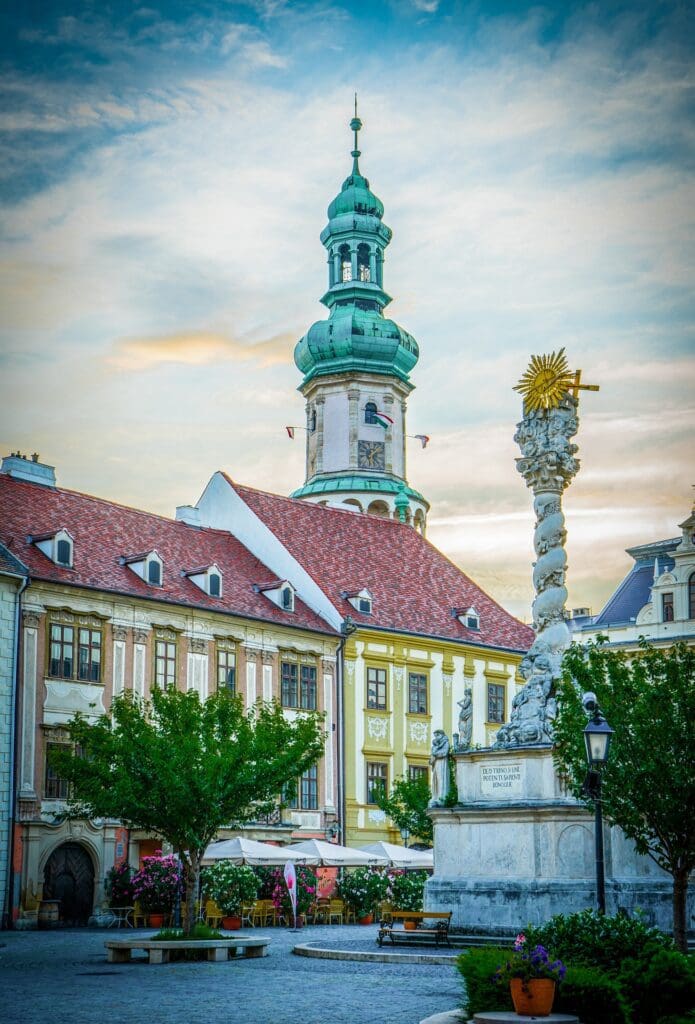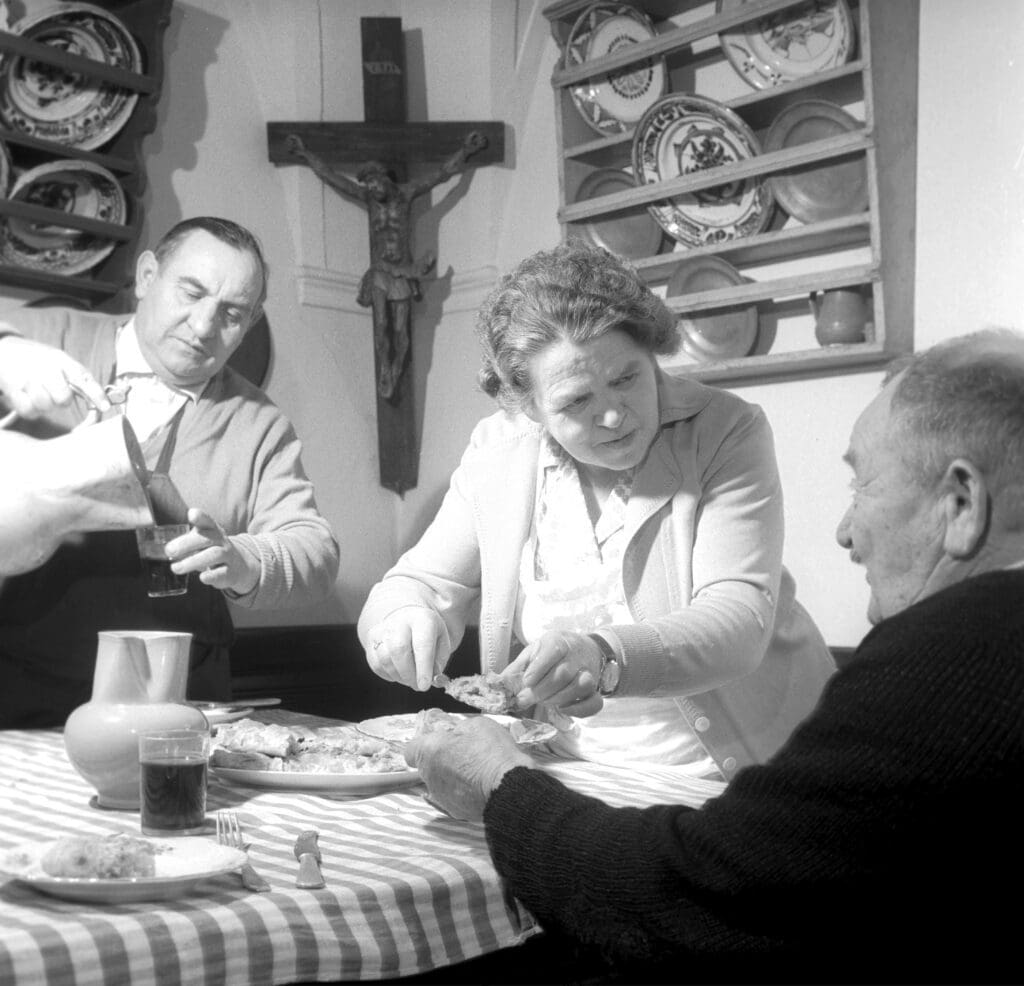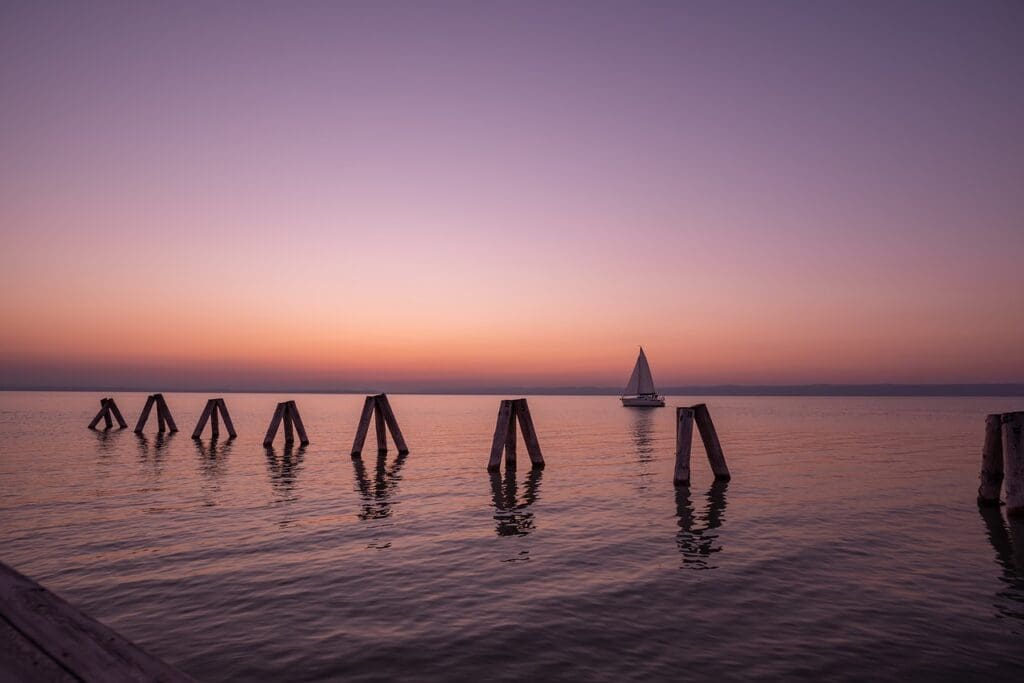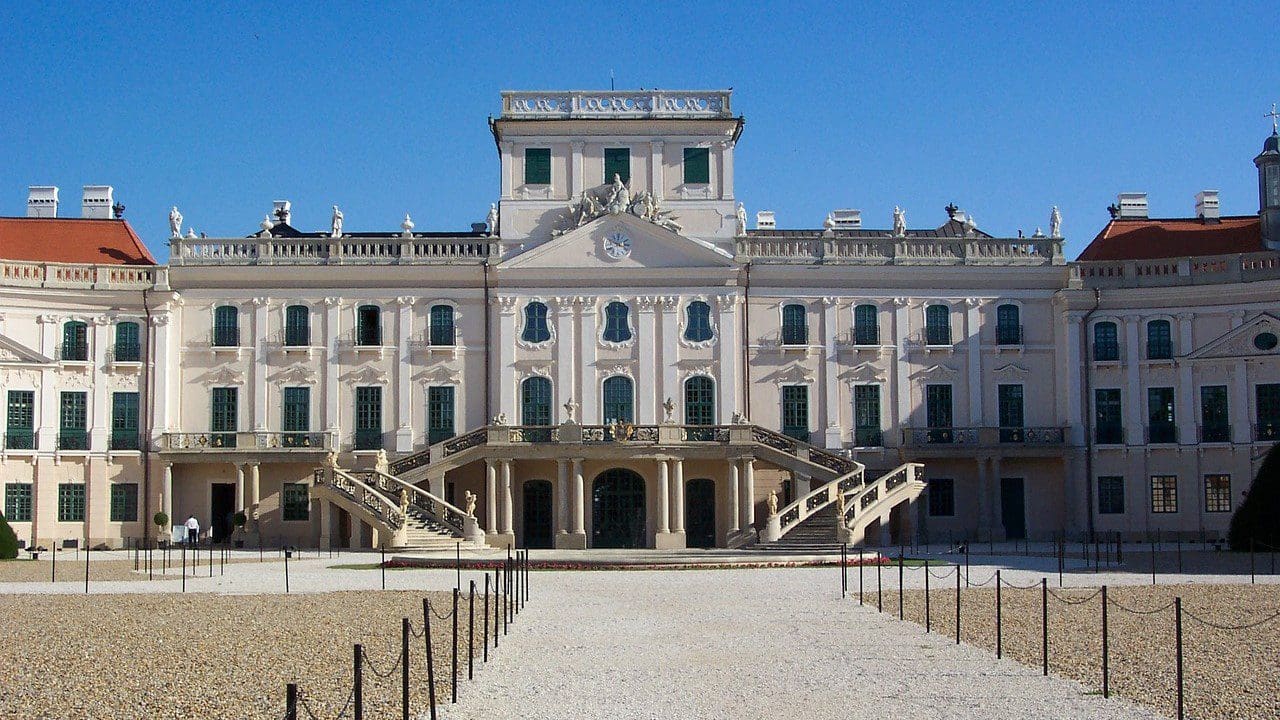Similarly to many formerly Hungarian territories, the history of the region that used to be called Őrvidék, now Burgenland, is rich and diverse. Until the end of World War I, Őrvidék was part of the Kingdom of Hungary. After the war, as a result of the Treaty of Trianon of 1920, most of Western Hungary, including Őrvidék became part of the Republic of Austria. Despite the fact that more than a hundred years have passed since, the Hungarian influence is still evident in Burgenland, whether on the local culture, architecture, or cuisine.
While this statement is true for many other regions of Pre-Trianon Hungary, the history of Burgenland has a truly remarkable significance. What sets it apart from other geographical territories is the regional capital’s extraordinary journey from independence to reunification with Hungary following the Treaty of Trianon. Despite being predominantly German-speaking, Sopron some other settlements of Burgenland defied the odds and successfully fought for its right to return to its motherland. Unlike that of other territories, Sopron’s quest for reunification was recognised by other states as well, making it the first successful territorial revision of the Trianon Treaty (and the only one that has not been reversed).

The history of Burgenland, a region known by various names in Hungarian such as Őrvidék, Felsőőrvidék, or Várvidék, stretches far back to before the Hungarian conquest of the Carpathian Basin. Similarly to the other Hungarian regions located to the West of the Danube River, the territory that later became Burgenland used to be under Roman influence and control. The public square of Sopron, once known as Scarbantia during the Roman era, stands as a tangible testament to its ancient past. Other groups, such as Celts, Slavs, and Huns, among others, also roamed it at various points of history.
From as early as the 10th century until t1920, the region was predominantly under Hungarian control and experienced a similar historical development to that of the rest of the country. As its name indicates—Őrvidék means ‘guard land’—the region was a frontier area, serving as a bulwark against foreign incursions. The region witnessed many battles between various German and Hungarian political entities. The defining factor of the region’s turbulent fate was the devastation of the Turkish invasions, particularly due to its close proximity to Vienna, famously sieged multiple times by the Ottomans.
The region experienced a drastic demographic decline during the Turkish rule, as many Hungarians did not survive the disastrous events, so the region was eventually re-populated by other ethnicities, mostly by German-speaking settlers. Despite the ethnic changes and Hungary’s integration into Austria after the end of the Turkish times, the Hungarian nobility retained its local estates and continued to receive land grants from the Habsburgs. Among them, the Esterházy family emerged as a prominent force, leaving a lasting impact on the region.
It was the above described ethnic shift that most significantly contributed to the region being assigned by the Allied Powers to Austria rather than to Hungary at the end of WWI. However, some inhabitants of the region violently opposed this decision, and in 1921, when Burgenland was annexed by the newly emerged Republic of Austria, citizens rebelled with the support of irregular Hungarian troops from mainland Hungary. A few weeks after the event, a short-lived Hungarian Republic of Lajtabánság was proclaimed, with the intention of reunification with the motherland, Hungary. Pressured from many sides, the unrecognised republic eventually desisted and ceased to exist, with the brave experiment lasting as briefly as one month and one day.
Giving up on the idea of an independent republic did not imply that the inhabitants of Őrvidék had given up on their resolve to remain citizens of Hungary. Finally, a referendum was called that was held on 14 December 1921. Despite the fact that Sopron was predominantly German-speaking, the overwhelming majority of the city voted for remaining in Hungary, thus earning Sopron the title of Civitas Fidelissima or ‘the most loyal city’.
Even though the tensions resulting from the unjust peace treaty were somewhat eased by the peaceful referendum of 1921, another uprising in favour of re-joining Hungary unfolded in the region in 1922–as explained in a Hungarian Conservative article.
Both in the Hungarian and the Austrian part of the Őrvidék/Burgenland region there are a lot of tourist attractions for visitors. The Esterházy Foundations, responsible for managing the rich heritage left by the Esterházy family that had deep roots in region, organises plenty of cultural programmes in Burgenland, including classical performances in various Esterházy estates, exhibitions dedicated, among others, to arts, local military traditions, nature, as well as castle tours, allowing visitors to explore the family’s magnificent fortresses and palaces. These include for instance the Burg Forchtenstein, the Esterházy and Lackenbach palaces.
On the Hungarian side, the most famous tourist attraction is undoubtedly the magnificent city of Sopron. First and foremost, this destination is an absolute must-visit for wine enthusiasts, as it encompasses a vast region renowned for its wine production. The capital city, in particular, boasts a rich viticultural heritage.
Sopron and its surroundings have always been famous for their bilingualism. The local winemakers used to be called Poncichters, a word that comes from the German Bohnenzüchter, which means bean grower. Of course, the Poncichters were not just bean farmers. They were German-speaking vinegrowers who, in order to maximise the profits from their land, also planted beans among the vine cuttings. Their staple diet consisted of beans, cabbage and meat dishes and of course strudel, including the local specialty the bean strudel.

Besides, the city is known for its gorgeous historical architectural landscape, such as the Fire Tower, the Town Hall, the Holy Trinity Statue and the beautiful buildings of city centre, among many others. As mentioned above, the city has an ancient Roman legacy too, that is represented, for instance, by the forum and the roman lapidary in Sopron.
For nature enthusiasts, a visit to the picturesque shores of Lake Fertő/Neusiedl is an absolute must. The beauty of Lake Fertő and its captivating surroundings has earned it a spot on the prestigious UNESCO World Heritage List. It was the joint efforts of Austria and Hungary that resulted in its inclusion on the list, and today the two countries’ have joined forces to safeguard the national park that spans both sides of the border—on the Hungarian part this territory is called the Fertő-Hanság National Park. The inclusion on the UNESCO list was well-deserved: it abounds in traditional folk architecture, historic monuments, a thriving grape and wine culture, as well as a diverse array of flora and fauna. Besides, the lake offers ample opportunities for sailing and windsurfing, including for Austrian visitors, due to its close proximity to Vienna. The bicycle route at Lake Fertő makes almost an entire circle around the lake, making the place an attractive spot for cyclists, too.

Despite experiencing isolation in the 20th century, Burgenland is now witnessing strides towards collaboration. For example, the Centrope project, encompassing border regions of the Czech Republic, Slovakia, Austria and Hungary (that is, including the whole of Burgenland unlike, for instance the V4) has emerged as an initiative to foster regional cooperation in various key areas. The project aims to strengthen economic ties, develop shared infrastructure, enhance educational opportunities and cultural exchanges. While the history of the region is indeed tumultuous, such projects foster hope and optimism for the future.








